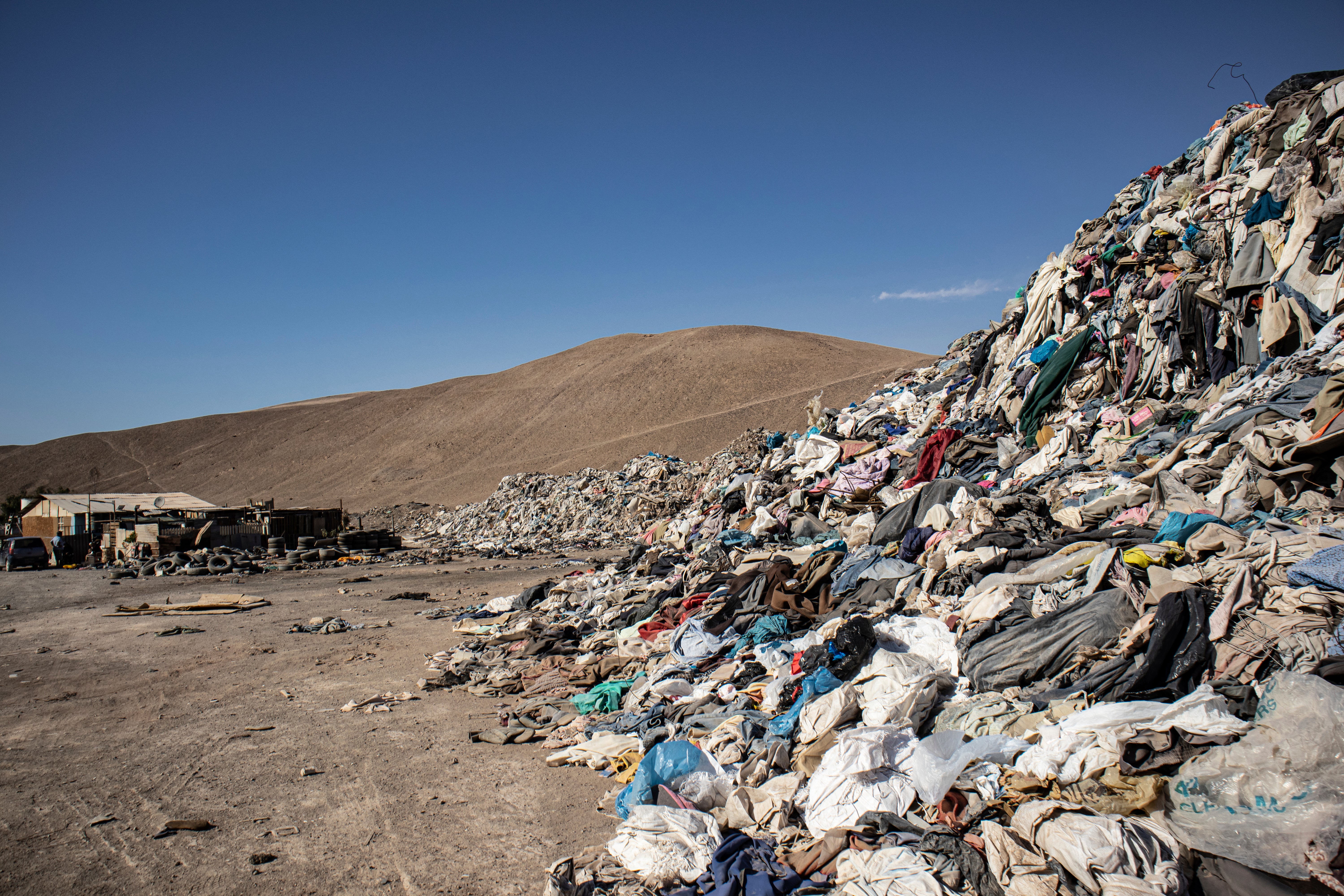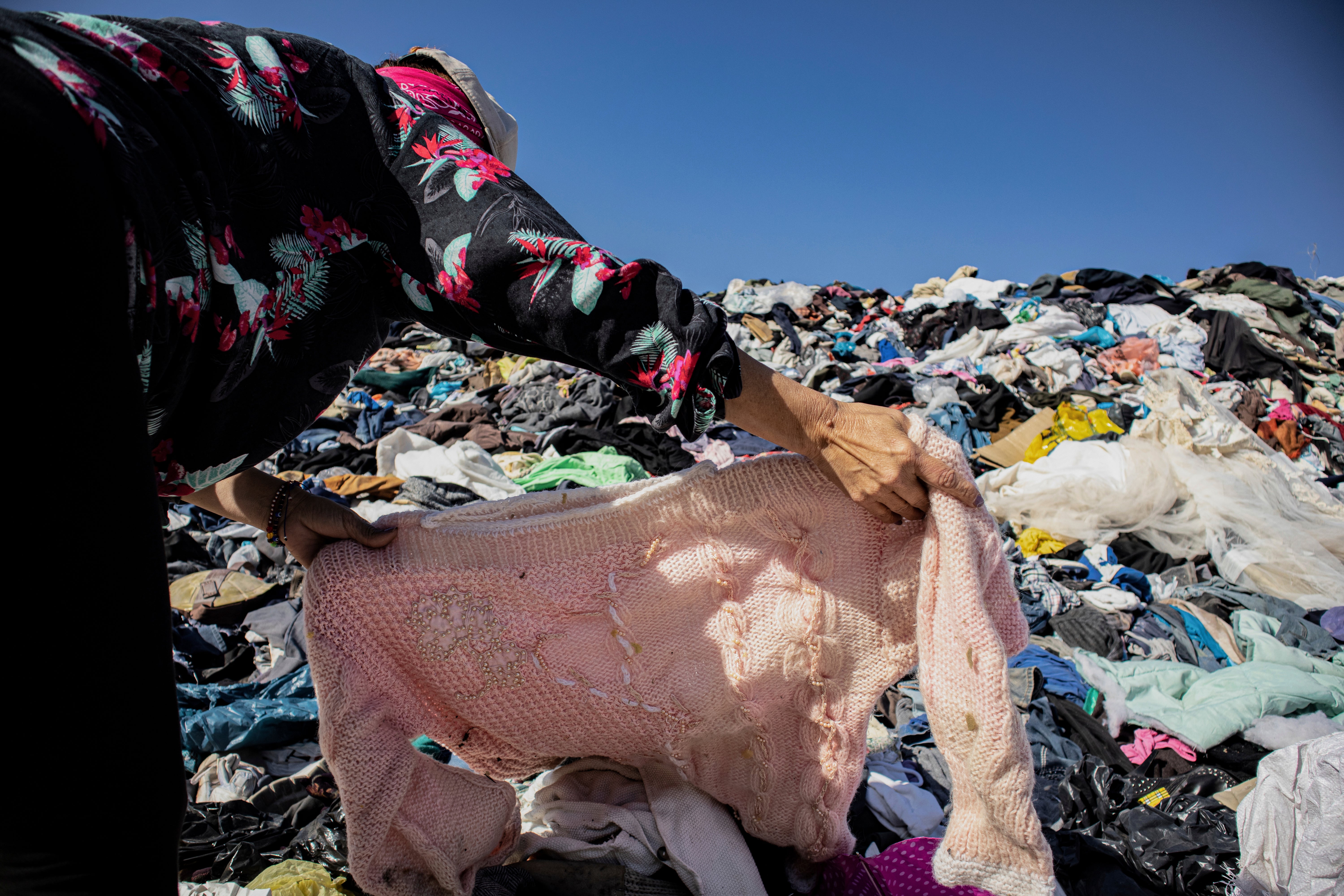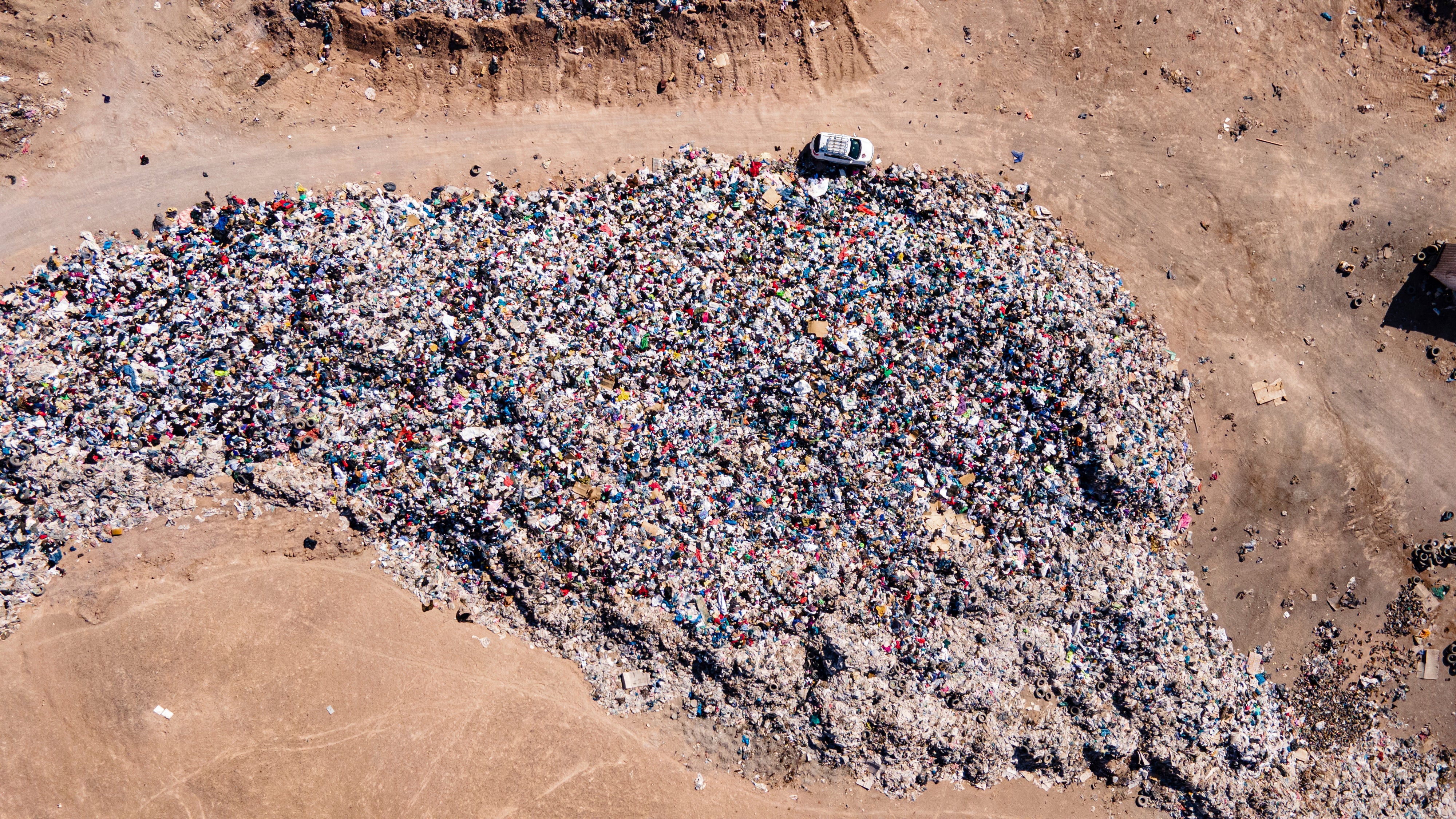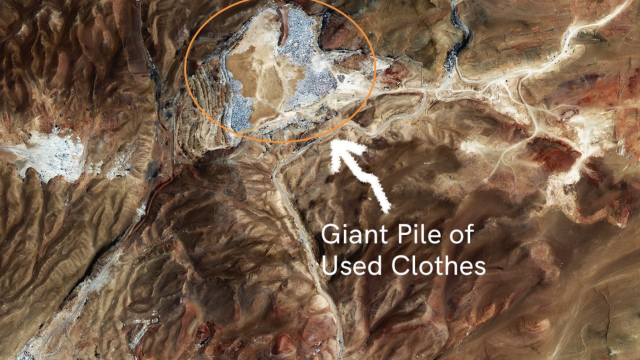The world’s fast-fashion addiction is wrecking the planet. It’s also contributing to an enormous and growing pile of clothing that is sitting in Chile’s Atacama Desert.
SkyFi, a company that provides access to satellite imagery, recently shared a striking view of the Atacama Desert. The company explained in a blog post last week that members of its Discord channel had helped find the coordinates for the growing graveyard of trashed garments.
“By purchasing a $US44 Existing Image at 50 cm resolution, we can confirm the giant clothes pile in the desert of Chile exists and is growing,” SkyFi tweeted.
The Atacama Desert is the driest place on the planet. It’s about 1,600 kilometres-long and sits between the Andes mountains and the Pacific Ocean. It doesn’t get a full centimeter of rain in a typical year, and sometimes there is no rain at all. Little delicate flowers grow in the dry landscape about once or twice a decade. Conditions are so dry that Atacama has been used as a stand-in for Mars by the European Space Agency and NASA.


Sadly, the desert is also a dumping ground for cheap, unsold clothing. Shein party dresses, H&M sweaters, and more are all heaped in growing mounds. The site contains an estimated 60,000 tons of clothes from Europe, Asia, and North America, the BBC reported. The nearby port town of Iquique is one of several “free zones” in Chile, meaning there are no tariffs, taxes, or customs-related fees. This was meant to boost the local economy, but it’s been catastrophic for the local environment. Clothing that is transported to the port city and isn’t sold is then dumped in the desert, because no one wants to pay fees to get those items out of the free zone.

The area is home to another environmental hazard. Nearby communities have to deal with intentionally set fires that sometimes last for days, Refinery29 reported. Any smoke is bad for our lungs, but this is cheap fabric that we’re talking about. Many synthetic fibres like polyester create toxic fumes when burned. Government officials have yet stop this from happening. A 2016 law holds producers and importers accountable for waste, but it does not include waste that comes from textiles, National Geographic reported.
That mountain of unwanted garments is probably going to keep growing. Clothing production doubled from 2000 to 2014, according to a 2016 McKinsey report. And cheap, synthetic garments create other issues: They shed microplastics, which end up in waterways, the air, and inside our bodies.
